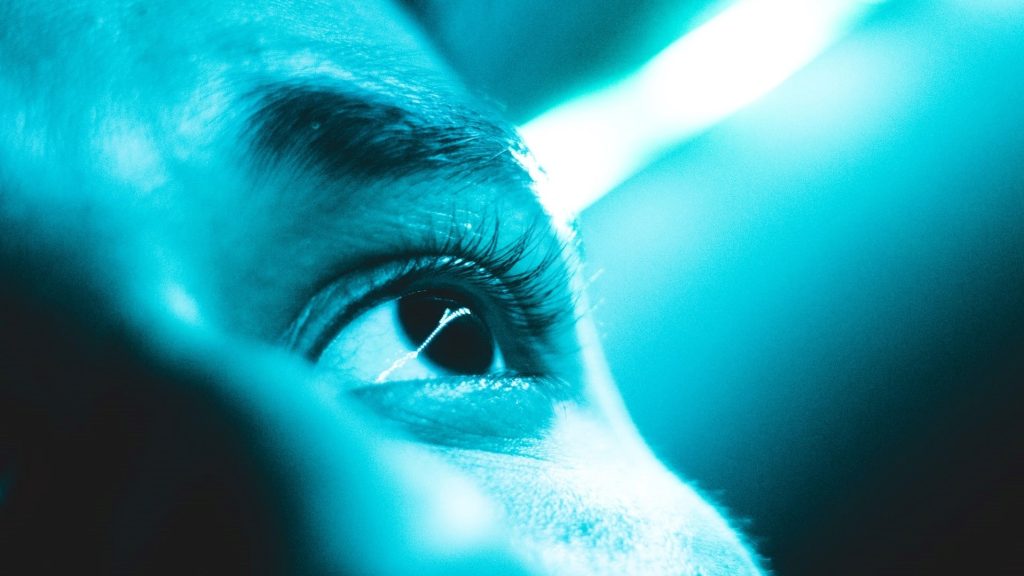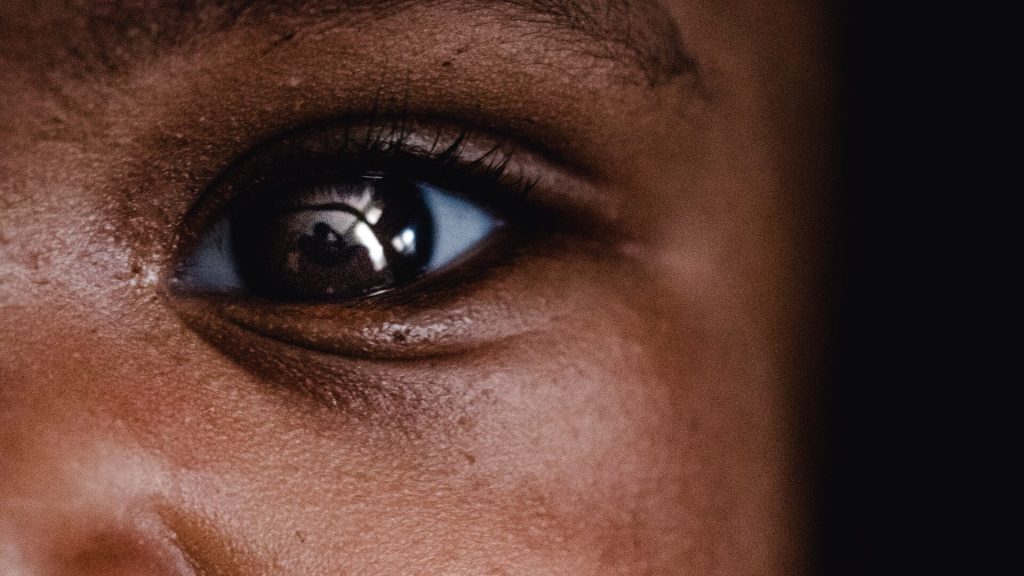No Cure for Myopia Progression in Sight as Eyedrops Trial Flops

A US study shows that use of low-dose atropine eyedrops, commonly used in a higher dose to treat lazy eye, was no better than a placebo at slowing myopia progression and elongation of the eye among children treated for two years.
The first randomised controlled trial of its kind aimed at identifying an effective way to manage myopia was published last week in JAMA Ophthalmology. It was conducted by the Pediatric Eye Disease Investigator Group at at Vanderbilt University Medical Center (VUMC) and 11 other hospitals and practices across the United States and funded by the National Eye Institute (NEI).
“We found, interestingly, and honestly shockingly, that there was no difference in the use of 0.01% atropine and placebo in treating these children who ranged in age from 5 to 12,” said associate professor Lori Ann Kehler, OD, and the Vanderbilt site principal investigator for the study.
The onset of myopia usually occurs between the ages of 7 and 16 when developing eyes can start growing too long axially (from front to back). Instead of focusing images on the retina, images of distant objects are focused at a point in front of the retina which causes people to have poor distance vision while their near vision remains unchanged.
The condition results in the need for eyeglasses to improve distance vision, and it can also result in medical complications and serious uncorrectable vision loss later in life, like retinal detachments or myopic macular degeneration.
The study contradicts earlier studies from East Asia that showed the small dose of atropine is effective in slowing progression of myopia.
In 2017 the Academy of Ophthalmology endorsed the findings from East Asia saying that although the FDA had not approved atropine for this use, there was sufficient evidence for prescribing the low dose for myopia. Ophthalmologists across the country, including at VUMC, began to offer the prescription to young patients with myopia.
“That was a really exciting finding at the time because we had had no treatment options for many years,” Kehler said. The prescription of atropine for treating myopia is not covered by most insurance plans.
“The incidence of myopia is increasing worldwide,” Kehler said. “By 2030 it’s predicted that 39 million people in the US will have myopia. By 2050 that number is expected to increase to more than 44 million people in the US and to 50% of the global population. Once it’s detected in children, it tends to get worse every year,” she said. “Investigators all over the world have tried strategies to intervene, to either stop or slow the worsening of myopia.”
Kehler said it is not known why the incidence of myopia is increasing. “There are several theories. Some believe it’s the increase in the use of screens and screen time, but myopia was increasing even before screens were part of children’s lives. Others think it has to do with industrialisation. We were an agricultural society. We were outside more. We weren’t reading. We weren’t looking up close all day. Really, the prevailing thought is whether we’re at a screen or looking at a math book or reading most of the day, we think the lack of sunlight and sustained near effort is what’s causing the increase of myopia.”
Kehler said the percentage of children with myopia using the atropine drop at VUMC is low and estimates fewer than 5% of children with myopia are using the drops nationally.
Going forward, eye specialists should have a frank discussion with parents of children with myopia about the conflicting data between the Asian studies and the new U.S. study.
“The absence of a treatment benefit in our US-based study, compared to East Asian studies, may reflect racial differences in atropine response. The study enrolled fewer Asian children, whose myopia progresses more quickly, and included Black children, whose myopia progresses less quickly compared with other races,” noted the study’s lead co-author, Michael X. Repka, MD, professor of Ophthalmology at Johns Hopkins University, in a news release from the NEI.
“All the studies have shown the drops are safe, so we aren’t putting children at risk if we continue to prescribe the 0.01%,” Kehler said. “But we are telling them there is a difference in these studies and it might have to do with your genetics; it might be that it’s more effective in children from Asia than in the U.S. population,” she said.
Further study is needed, Kehler said. The next step is likely to study a higher dose of atropine to see if children in the U.S. experience a benefit.
The LAMP study out of Hong Kong found that 0.05% might be more effective.
Kehler said other groups are studying the use of red-light therapy to slow the progression of myopia, and there are also new eyeglass lenses that have been developed to slow the progression of myopia, but they are not yet available in the U.S.
“It’s much harder to get drops in very young children,” Kehler said. “But if we had a spectacle option, that would open the door to treating our younger patients.”
Myopia usually stabilises in about half of children around 16 years of age and among an increasingly larger percentage as they get older. By their early 20s, about 10% of individuals with myopia will continue to grow more nearsighted, and by age 24 that percentage is 4%.





